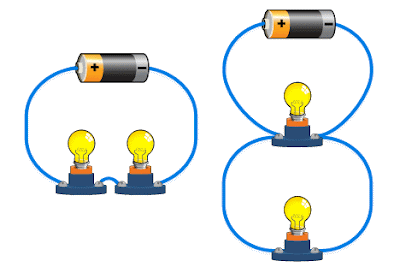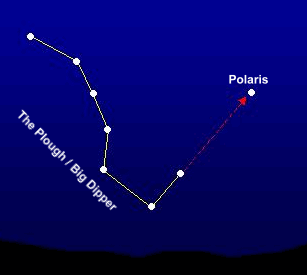General topics for exam 1. Be sure to review all assigned homework, blog posts and your notes.
You are permitted to have a sheet of notes for this test. I will NOT give equations.
SI units (m, kg, s) - meanings, definitions
average vs. instantaneous velocity
acceleration
related motion problems using the formulas
speed of light (c) - approx 300,000,000 m/s
gravitational acceleration (g)
freefall problems
Newton's 3 laws - applications and problems
Universal gravitation - the inverse square law of gravity
Kepler's 3 laws - applications and problems
Astronomical Unit
semi-major axis of orbit
Basics of orbits
epicycles
Reference frames (recall demos)
You are permitted to have a sheet of notes for this test. I will NOT give equations.
SI units (m, kg, s) - meanings, definitions
velocity
average vs. instantaneous velocity
acceleration
related motion problems using the formulas
speed of light (c) - approx 300,000,000 m/s
gravitational acceleration (g)
freefall problems
Newton's 3 laws - applications and problems
Universal gravitation - the inverse square law of gravity
Kepler's 3 laws - applications and problems
Astronomical Unit
semi-major axis of orbit
Basics of orbits
epicycles
Galileo and his telescope
weight vs. mass
Weightlessness
Reference frames (recall demos)
Useful equations
Average speed: v = d/t
Definition of acceleration: (Vf - Vi) / t
Final speed: Vf = a t
Final speed: Vf = a t
Distance traveled: d = 0.5 a t^2
Newton's 2nd law (Force): F = m a
Weight: W = m g
Kepler's 3rd law: a^3 = P^2



Comments
Post a Comment